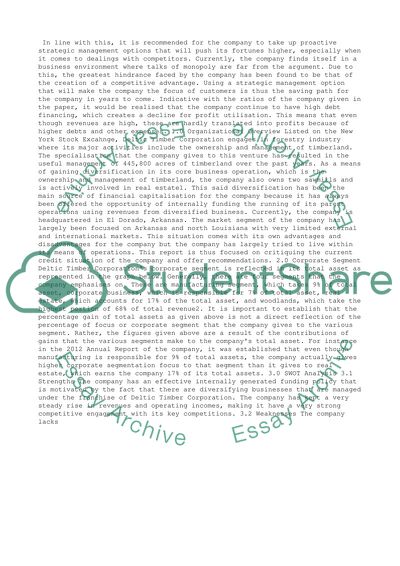Cite this document
(“Deltic Timber Corporation Credit Analysis Research Paper”, n.d.)
Deltic Timber Corporation Credit Analysis Research Paper. Retrieved from https://studentshare.org/business/1498377-deltic-timber-corporation-credit-analysis
Deltic Timber Corporation Credit Analysis Research Paper. Retrieved from https://studentshare.org/business/1498377-deltic-timber-corporation-credit-analysis
(Deltic Timber Corporation Credit Analysis Research Paper)
Deltic Timber Corporation Credit Analysis Research Paper. https://studentshare.org/business/1498377-deltic-timber-corporation-credit-analysis.
Deltic Timber Corporation Credit Analysis Research Paper. https://studentshare.org/business/1498377-deltic-timber-corporation-credit-analysis.
“Deltic Timber Corporation Credit Analysis Research Paper”, n.d. https://studentshare.org/business/1498377-deltic-timber-corporation-credit-analysis.


